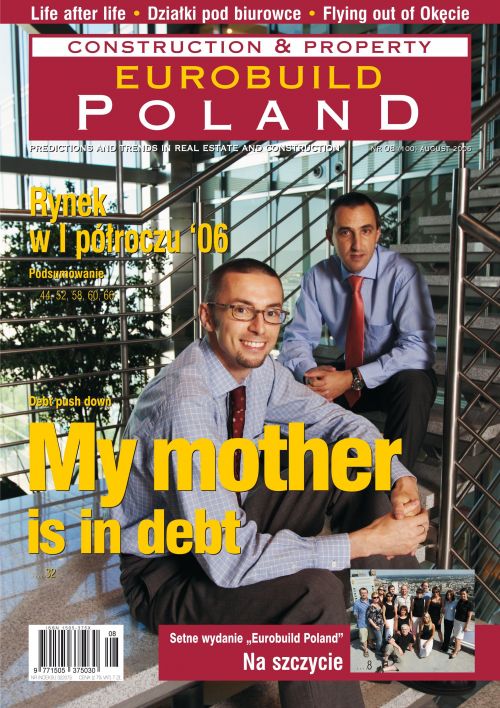The hunger for building sites is of concern in all fields of development, although it is retail investors who seem to suffer the most. The reason for such decisions can be found in the popular adage that the success of developments depends on three factors: location, location and location.Investing on post-industrial land is part of the strategy of Parkridge CE Retail, which develops its centres in towns with populations between 100,000 and 400,000. Four of the five Focus Parks it has under development are on revitalized land. In Mr Fijałkowski’s opinion, the post-industrial land selected by his company as locations for investments is more attractive than plots devoid of buildings. Jarosław Fijałkowski claims in very definite terms that: „Post-industrial buildings have a specific and unique character, which means that each of the centres we develop has its own history and atmosphere. And these places are also guided by their own laws since many of their elements are li






























































